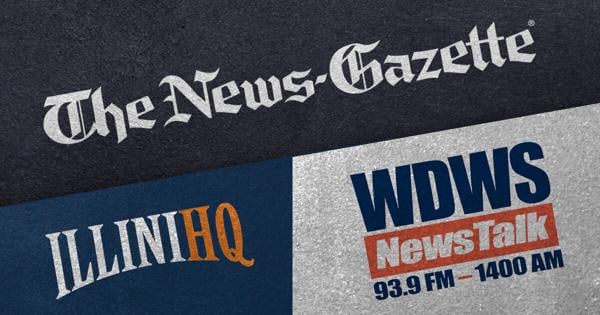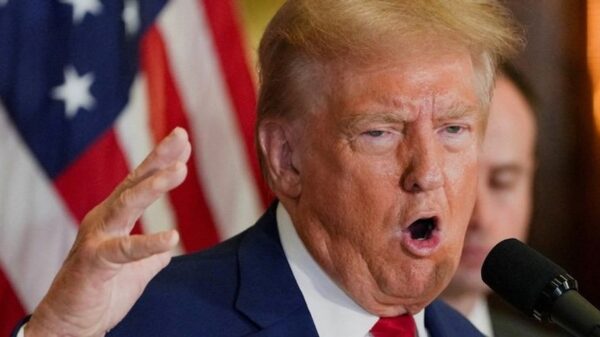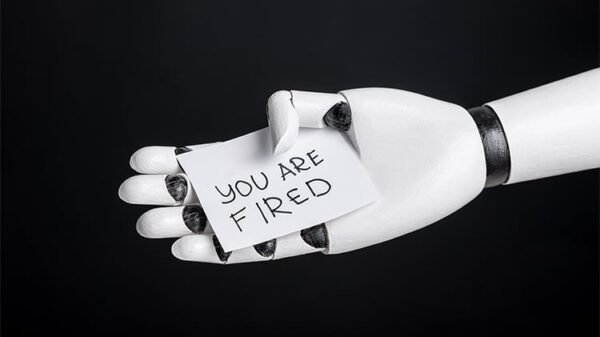BREAKING NEWS: The U.S. government shutdown has officially begun, plunging the nation into a new era of uncertainty. As of September 30, 2023, approximately 750,000 federal workers are expected to be furloughed, and critical government services are now at risk of halting.
President Donald Trump and Congress failed to reach an agreement before the midnight deadline, igniting a clash over funding for health care subsidies that are set to expire, sending insurance costs soaring. As officials scramble for solutions, Trump has vowed to implement measures that he claims will punish Democrats, including mass firings.
The effects of this shutdown are immediate and widespread. Key government operations, including certain functions of the Department of Education, will be severely impacted. Although federal student aid programs will continue, about 87% of the department’s workforce will be furloughed, leading to delays in civil rights investigations and the issuance of new federal grants.
Public health services will also face disruptions. While Medicare and Medicaid will remain operational, some payments to providers may be delayed due to employee furloughs. Agencies like the FDA, USDA, and CDC will continue limited public health functions but will operate with diminished staff.
The urgency of this situation cannot be overstated. Voting in Congress is expected to continue as lawmakers seek to resolve the impasse. With no clear path forward, the citizens and federal employees affected by this shutdown are left in a state of anxiety and uncertainty.
What happens next? Observers are closely watching Congress for any signs of a breakthrough. Meanwhile, the shutdown will create immediate challenges for federal employees and could have lasting repercussions on the economy. As the situation develops, many Americans are left to wonder how their daily lives will be affected by this political standoff.







































































